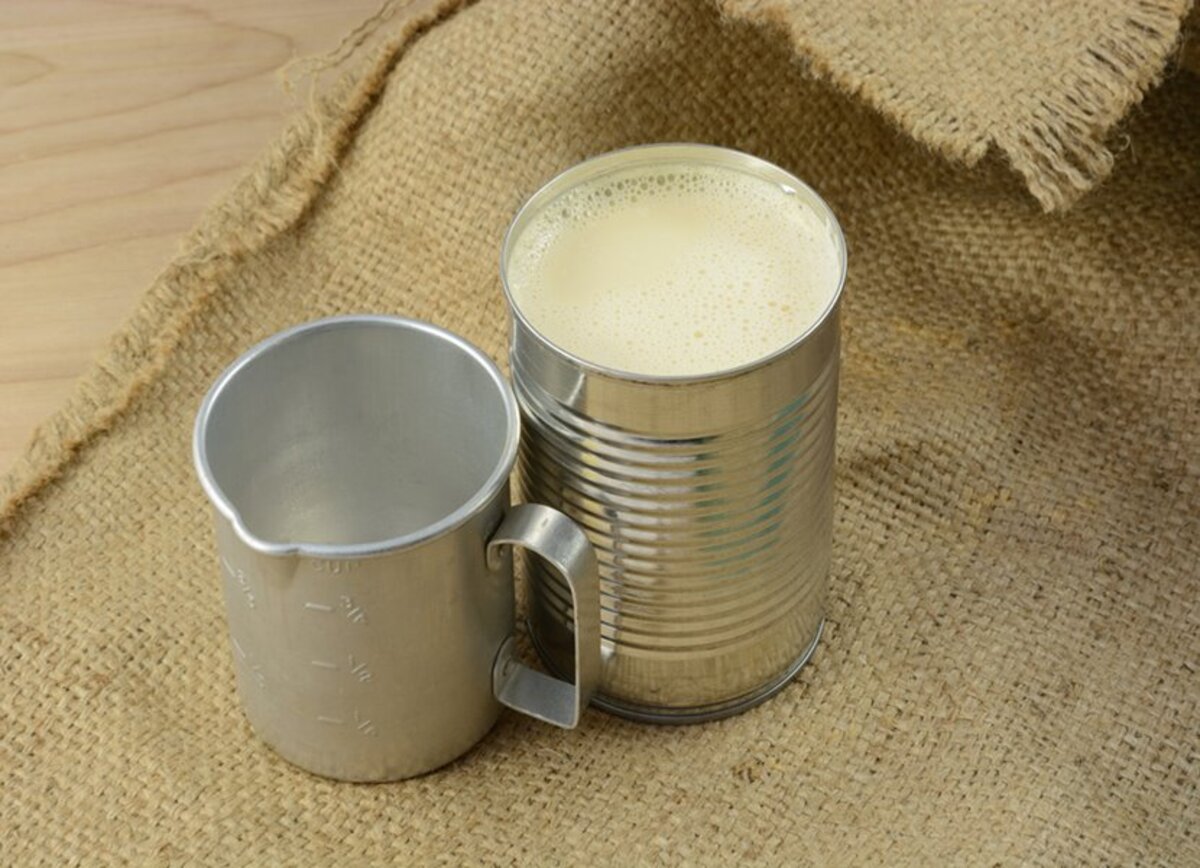

Articles
How To Store Leftover Evaporated Milk
Modified: December 7, 2023
Discover the best ways to store leftover evaporated milk with our informative articles. Keep your milk fresh and ready to use with these helpful tips.
(Many of the links in this article redirect to a specific reviewed product. Your purchase of these products through affiliate links helps to generate commission for Storables.com, at no extra cost. Learn more)
Introduction
Evaporated milk is a versatile ingredient that many people love to use in their favorite recipes. Whether you’re making a creamy soup, a rich dessert, or adding a touch of indulgence to your morning coffee, evaporated milk can be a game-changer in the kitchen. However, it’s not uncommon to have leftover evaporated milk after using it in a recipe. In such cases, it’s important to know how to store it properly to maintain its freshness and quality.
In this article, we’ll discuss why it’s important to store leftover evaporated milk and provide you with some essential tips on how to do it effectively. By following these guidelines, you can ensure that your leftover evaporated milk stays safe to consume and retains its flavor and texture for future use.
Key Takeaways:
- Don’t let leftover evaporated milk go to waste! Refrigerate for 5-7 days or freeze for several months to maintain freshness and flavor. Label and date containers for easy tracking and use in future recipes.
- Properly storing leftover evaporated milk ensures convenience, prevents waste, and maintains its creamy goodness. Follow refrigeration and freezing tips, transfer to airtight containers, and monitor storage durations for optimal results.
Read more: How To Store Evaporated Milk
Why Store Leftover Evaporated Milk?
When it comes to leftover ingredients, it’s crucial to store them correctly to prevent spoilage and maintain their quality. The same goes for leftover evaporated milk. Here are a few reasons why it’s essential to store your leftover evaporated milk properly:
- Preventing waste: By storing and preserving your leftover evaporated milk, you avoid wasting food and save money in the long run. Rather than tossing it out, you can use the remaining portion for future recipes and enjoy the benefits of this versatile ingredient.
- Maintaining freshness: Like any perishable product, evaporated milk can lose its freshness if not stored properly. By following the right storage techniques, you can ensure that your leftover evaporated milk remains fresh and flavorful, retaining its creamy consistency and taste.
- Convenience: Having leftover evaporated milk on hand means you’ll always be prepared to whip up a delicious recipe. Instead of having to run to the store every time a recipe calls for evaporated milk, you can simply grab your stored leftovers and continue cooking.
By understanding the importance of storing leftover evaporated milk, you can make the most of this ingredient and avoid unnecessary waste. Now, let’s take a look at some expert tips for properly storing your leftover evaporated milk.
Tips for Properly Storing Leftover Evaporated Milk
When it comes to storing leftover evaporated milk, there are a few key factors to consider to ensure its freshness and quality. Follow these tips to properly store your leftover evaporated milk:
- Refrigeration: The first step in storing leftover evaporated milk is to refrigerate it promptly. After opening the can, transfer any unused portion to an airtight container. Place the container in the refrigerator and make sure it is stored at a temperature of 40°F (4°C) or below. Refrigeration helps to slow down bacteria growth and maintain the freshness of the evaporated milk.
- Freezing: If you don’t plan on using the leftover evaporated milk within a few days, it’s a good idea to freeze it. Freezing extends the shelf life of the milk and prevents it from spoiling. Transfer the milk to a freezer-safe container, leaving some room for expansion, as liquids tend to expand when frozen. Label the container with the date and ensure it is tightly sealed to prevent freezer burn.
- Transferring to Airtight Containers: When storing evaporated milk, it’s important to transfer it to airtight containers. This helps to prevent any cross-contamination with other foods and keeps the milk protected from odors in the refrigerator or freezer. Use glass or plastic containers with secure lids to maintain the milk’s freshness and prevent leaks or spills.
- Labeling and Dating: To keep track of the shelf life of your leftover evaporated milk, make sure to label the containers with the date. This will help you know how long the milk has been stored and avoid using it past its expiration date. Additionally, labeling ensures that you can easily identify the contents of the container without any confusion.
- Duration of Storage: When refrigerated, leftover evaporated milk can typically be stored for up to 5-7 days. However, when frozen, it can last for several months. It’s important to note that the quality and texture of the milk may change slightly after freezing, but it will still be safe to consume.
By following these tips, you can extend the shelf life of your leftover evaporated milk and have it readily available for your next culinary creation.
Refrigeration
One of the key methods for properly storing leftover evaporated milk is refrigeration. Refrigeration helps to maintain the freshness and quality of the milk, prolonging its shelf life. Follow these steps to refrigerate your leftover evaporated milk:
- Transfer to an Airtight Container: After opening the can of evaporated milk, transfer any unused portion to an airtight container. This will help prevent the milk from absorbing odors from other foods in the refrigerator and protect it from any potential contaminants. Use a container made of glass or plastic with a secure lid to ensure the milk stays fresh.
- Check the Temperature: Make sure your refrigerator is set to a temperature of 40°F (4°C) or below. This temperature range helps to slow down bacteria growth and maintain the freshness of the evaporated milk. It is important to keep the temperature consistent to ensure food safety.
- Store in the Right Section: Place the container of leftover evaporated milk in the main section of the refrigerator, away from any strong-smelling foods. This will help maintain the milk’s flavor and prevent it from picking up any unwanted odors. Avoid storing it in the door compartments, as the temperature fluctuations in that area may affect the quality of the milk.
- Monitor the Expiration Date: It’s important to be mindful of the expiration date of the evaporated milk. Typically, refrigerated leftover evaporated milk can be stored for up to 5-7 days. By regularly checking the expiration date, you can ensure that you use the milk before it goes bad.
Refrigeration is a simple and effective way to store leftover evaporated milk. By following these steps, you can maintain the freshness and quality of the milk for a longer period, allowing you to utilize it in your favorite recipes without any concerns.
Freezing
Freezing is another excellent method to store leftover evaporated milk for an extended period. Follow these steps to freeze your leftover evaporated milk:
- Transfer to a Freezer-Safe Container: Pour the leftover evaporated milk into a freezer-safe container. It’s best to use a container made of glass or plastic that is specifically designed for freezing. Leave some space at the top of the container, as liquids tend to expand when frozen.
- Tightly Seal the Container: Ensure that the container is tightly sealed to prevent any air or moisture from entering. This will help prevent freezer burn and maintain the quality of the milk. Consider using a container with a secure lid or covering it tightly with plastic wrap or aluminum foil.
- Label the Container: Properly label the container with the date of freezing. By doing so, you can keep track of how long the milk has been stored in the freezer and avoid using it after it has passed its recommended storage duration.
- Find a Suitable Spot: Place the container in the freezer, preferably in a spot where it won’t be disturbed. Avoid placing it near the freezer door or other items that may cause fluctuations in temperature. Keeping it in a stable environment will help maintain the quality of the milk.
- Proper Thawing: When you are ready to use the frozen evaporated milk, it’s important to thaw it properly. Move the container from the freezer to the refrigerator and let it thaw slowly overnight. Avoid thawing it at room temperature, as it may lead to bacterial growth and spoilage. Once thawed, give the milk a gentle stir to ensure it has returned to its smooth consistency before using it.
By following these steps, you can freeze your leftover evaporated milk and preserve its freshness for several months. Whether you’re storing a large batch or a small portion, freezing is a great option to ensure that your evaporated milk remains usable for a more extended period.
Store leftover evaporated milk in an airtight container in the refrigerator for up to 5-7 days. Make sure to label the container with the date it was opened.
Read more: How To Store Leftover Condensed Milk
Transferring to Airtight Containers
When storing leftover evaporated milk, it’s important to transfer it to airtight containers to maintain its flavor and prevent any cross-contamination or leakage. Here are steps to follow when transferring your leftover evaporated milk:
- Select the Right Containers: Choose containers that are specifically designed for food storage and are airtight. Ideally, use glass or plastic containers with secure lids that create a tight seal. Avoid using open containers or bags that can allow air, moisture, or odors to penetrate.
- Pour the Evaporated Milk: Carefully pour the leftover evaporated milk into the airtight container. Leave some space at the top to allow for any expansion that may occur during freezing or refrigeration.
- Secure the Lids: Ensure that the lids of the containers are tightly sealed to prevent any air or moisture from entering. This will help maintain the freshness of the milk and prevent contamination. Check for any leaks or loose lids before storing the containers.
- Label the Containers: It’s essential to label the containers with the date of storage. This will help you keep track of how long the evaporated milk has been stored and ensure you use it before its recommended expiration date. Use a waterproof marker to write the date clearly on the container.
- Store the Containers Properly: Place the airtight containers of evaporated milk in the refrigerator or freezer, depending on your chosen storage method. Remember to store them in a spot where they won’t be easily disturbed or exposed to temperature fluctuations.
Transferring your leftover evaporated milk to airtight containers ensures optimal freshness and prevents any contamination or unwanted flavors. By following these steps, you can maintain the quality of the milk and have it ready for use whenever a recipe calls for it.
Labeling and Dating
Labeling and dating your leftover evaporated milk containers is an important step in proper storage. It helps you keep track of how long the milk has been stored and ensures you use it before it expires. Here’s why labeling and dating are crucial and how to do it effectively:
- Preventing Confusion: By labeling your containers of leftover evaporated milk, you can easily identify the contents without any confusion. This is especially helpful if you have multiple containers or different types of milk stored in the fridge or freezer.
- Monitoring Shelf Life: Proper labeling allows you to keep track of the storage duration of the evaporated milk. It helps you know when you should use it before its flavor or quality starts deteriorating. This becomes particularly important when it comes to deciding whether to use a frozen or refrigerated portion.
- Using First-In-First-Out (FIFO) Method: Labeling your containers with the date of storage enables you to follow the first-in-first-out (FIFO) principle. This means you can prioritize using the oldest evaporated milk first, preventing any unnecessary waste or the milk going beyond its recommended storage time.
- Clear and Visible Label: When labeling your containers, use a waterproof marker or labels that are resistant to moisture. Write the date of storage clearly so it’s easy to read and understand. You may also consider including other relevant information, such as the type of milk or any specific instructions.
- Removing Old Labels: If you reuse containers to store evaporated milk, make sure to remove any old labels or markings before using them again. This helps avoid confusion and ensures accurate labeling of the current contents and date.
By labeling and dating your containers of leftover evaporated milk, you can stay organized, monitor the storage duration, and make sure you efficiently use your stored milk before it exceeds its recommended timeframe.
Duration of Storage
Understanding the recommended duration of storage for leftover evaporated milk is crucial for ensuring its safety and quality. Here are some guidelines to follow:
- Refrigerated Storage: When stored properly in the refrigerator at a temperature of 40°F (4°C) or below, leftover evaporated milk can typically be kept for 5 to 7 days. It’s important to note the expiration date on the original can and use the milk within the recommended timeframe.
- Frozen Storage: If you plan to store leftover evaporated milk for a longer duration, freezing is an excellent option. When stored in the freezer at 0°F (-18°C) or below, evaporated milk can last for several months. However, it’s important to keep in mind that the texture and quality of the milk may change slightly after freezing. While it may still be safe to consume, there may be a slight difference in texture or consistency.
- Proper Packaging: Whether you’re storing evaporated milk in the refrigerator or freezer, the packaging plays a crucial role in maintaining its quality. Use airtight containers specifically designed for food storage to prevent air, moisture, or odors from affecting the milk. Ensure that the containers are tightly sealed to maintain freshness.
- First-In-First-Out (FIFO) Method: To avoid waste and ensure the best quality, practice the first-in-first-out (FIFO) method when using your stored evaporated milk. This means using the oldest containers first and rotating your stock accordingly. By doing so, you can avoid using milk that has been stored for too long, minimizing the risk of consuming spoiled milk.
- Quality Check: Before using your stored evaporated milk, it’s always a good practice to do a sensory evaluation. Check for any signs of spoilage such as an off odor, mold growth, or an unusual texture. If you notice any signs of spoilage, discard the milk immediately.
It’s important to note that the recommended storage durations mentioned above are general guidelines. Always trust your instincts and use your discretion when it comes to consuming stored food items, including evaporated milk.
By understanding the duration of storage and following proper storage techniques, you can confidently store leftover evaporated milk and enjoy its flavor and quality in your favorite recipes.
Conclusion
Properly storing leftover evaporated milk is essential for maintaining its freshness, flavor, and quality. Whether you have a small amount or a larger batch, following the right storage methods ensures that your leftover evaporated milk remains safe to consume and ready to use in your culinary creations.
Refrigerating leftover evaporated milk helps to slow down bacterial growth and maintain its freshness for a few days. If you don’t plan on using it within that timeframe, freezing is an excellent option to extend its shelf life for several months.
Transferring the leftover milk to airtight containers helps to keep it protected and prevents cross-contamination. Labeling and dating the containers allow for easy identification and monitoring of the storage duration, ensuring that you use the oldest milk first.
Remember to follow the recommended storage durations for both refrigeration and freezing, and perform a quality check before consuming any stored evaporated milk. Trust your senses and discard any milk that shows signs of spoilage.
By implementing these tips for storing leftover evaporated milk, you can prevent waste, save money, and have this versatile ingredient readily available for your favorite recipes. So the next time you have some leftover evaporated milk, use these guidelines to store it properly and enjoy its creamy goodness in your culinary adventures.
Frequently Asked Questions about How To Store Leftover Evaporated Milk
Was this page helpful?
At Storables.com, we guarantee accurate and reliable information. Our content, validated by Expert Board Contributors, is crafted following stringent Editorial Policies. We're committed to providing you with well-researched, expert-backed insights for all your informational needs.
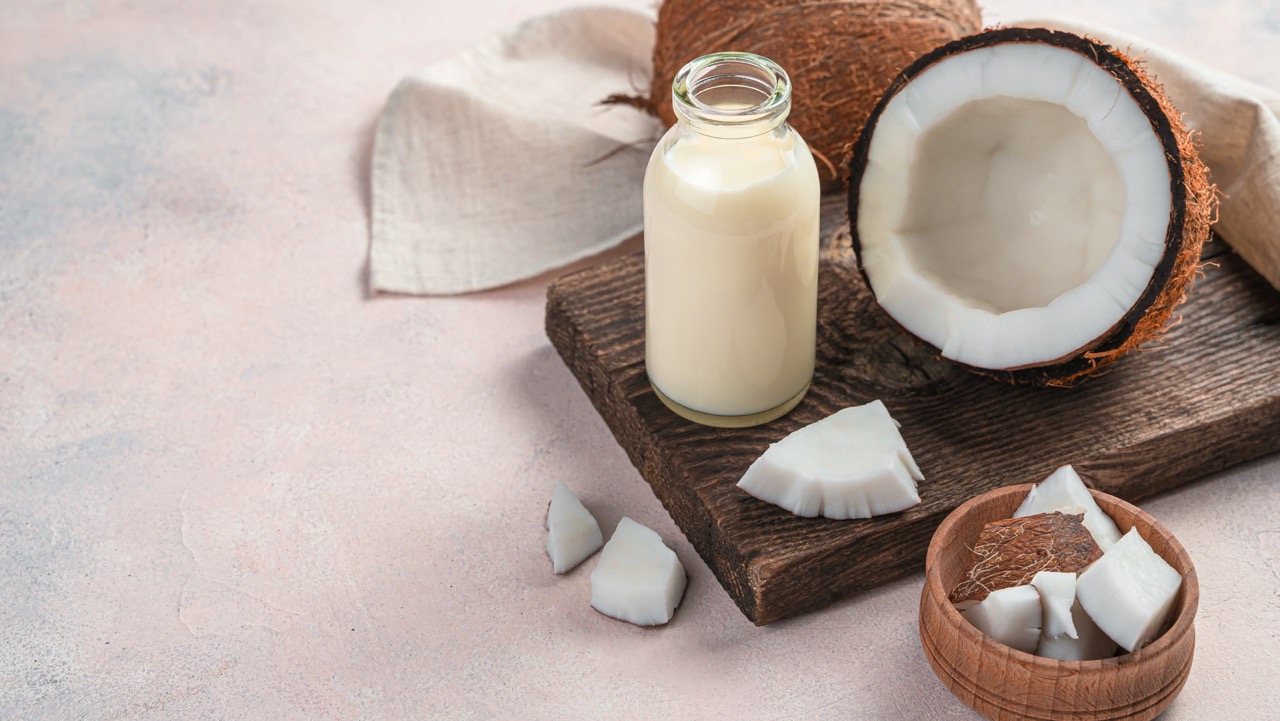
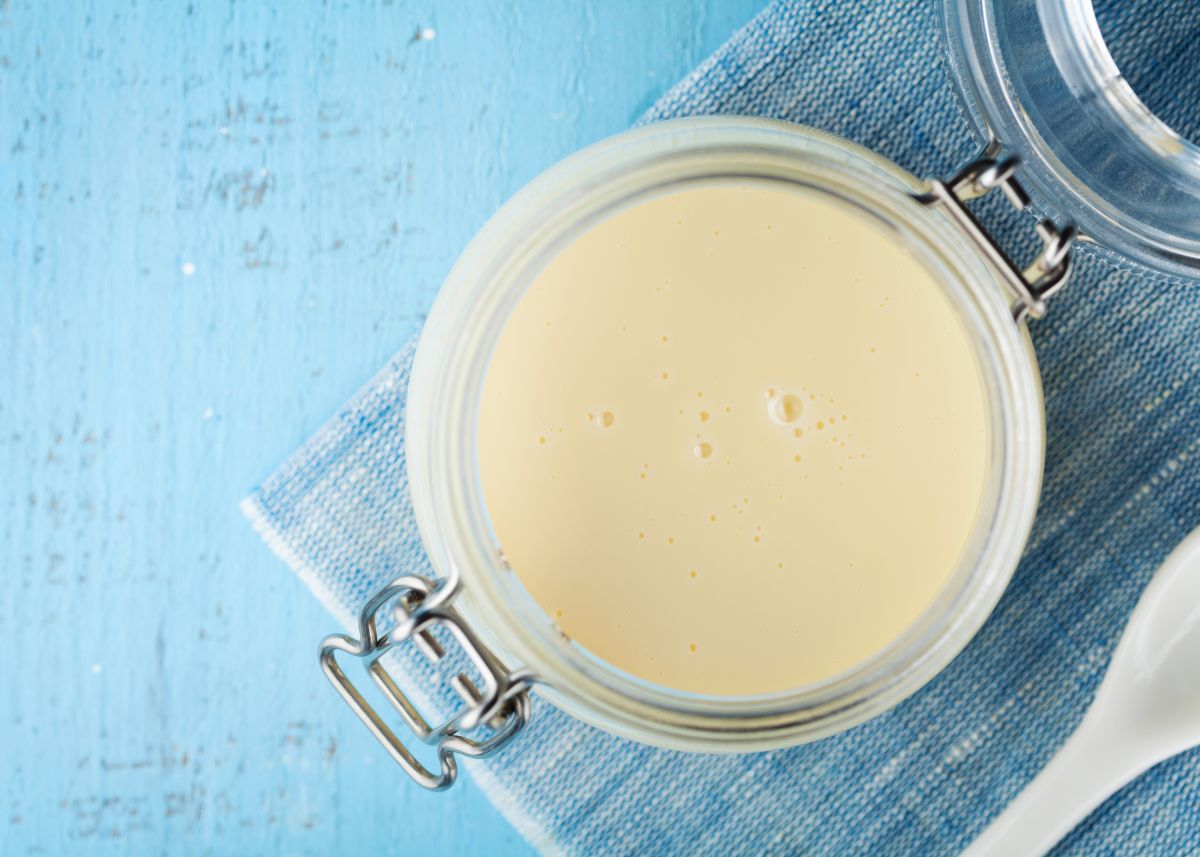
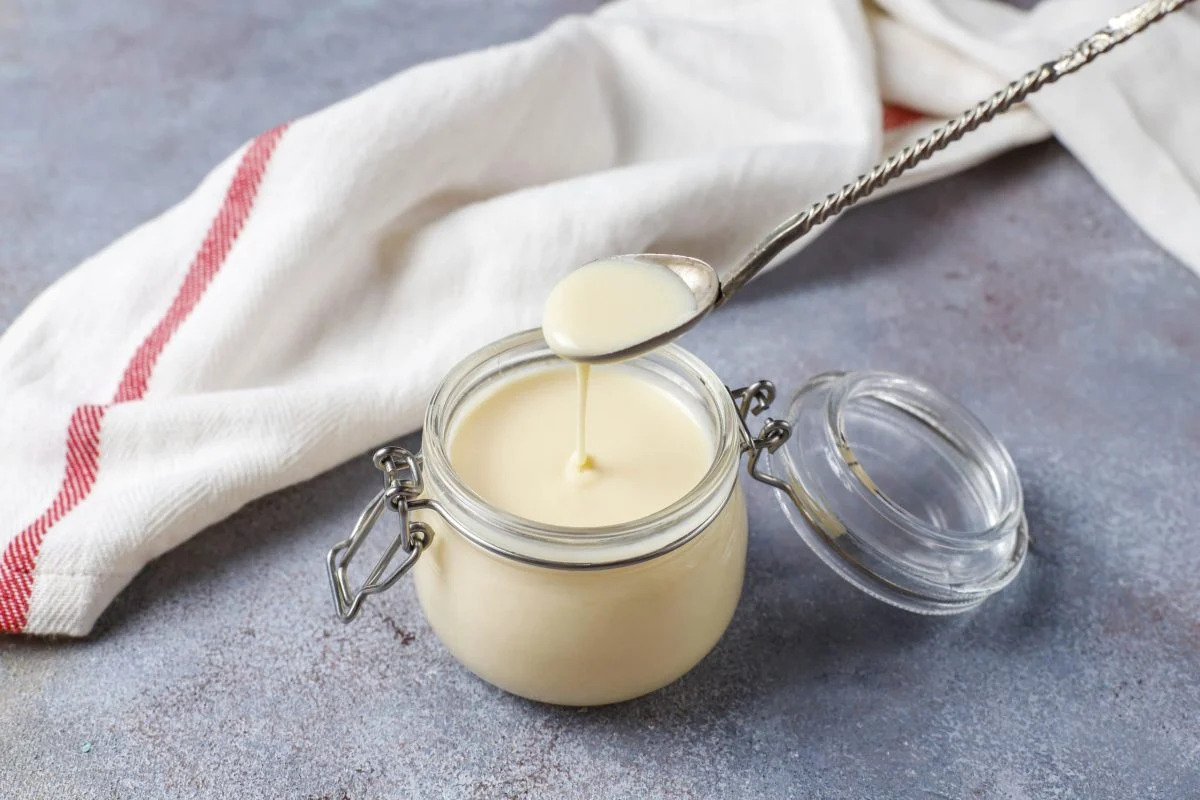
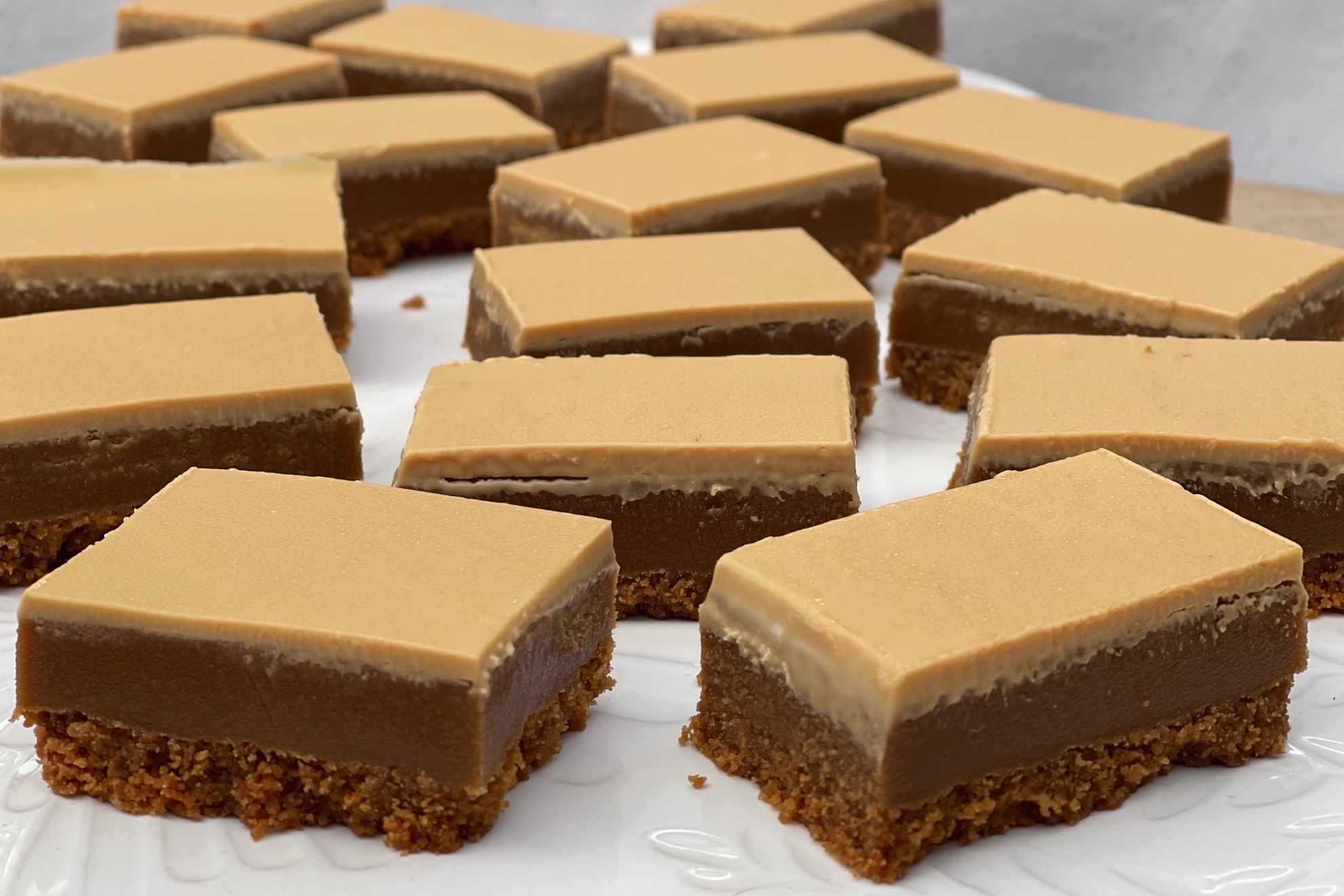
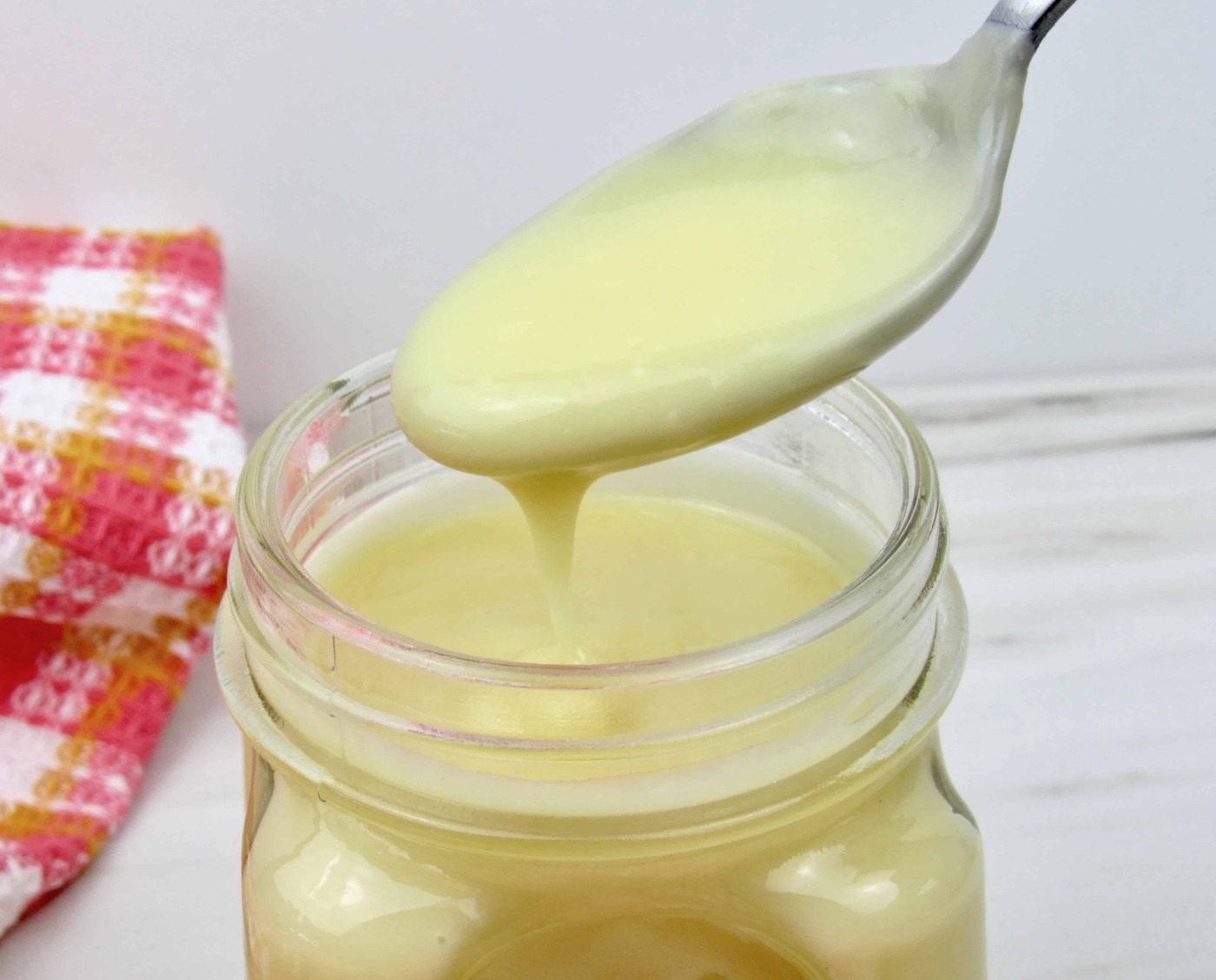
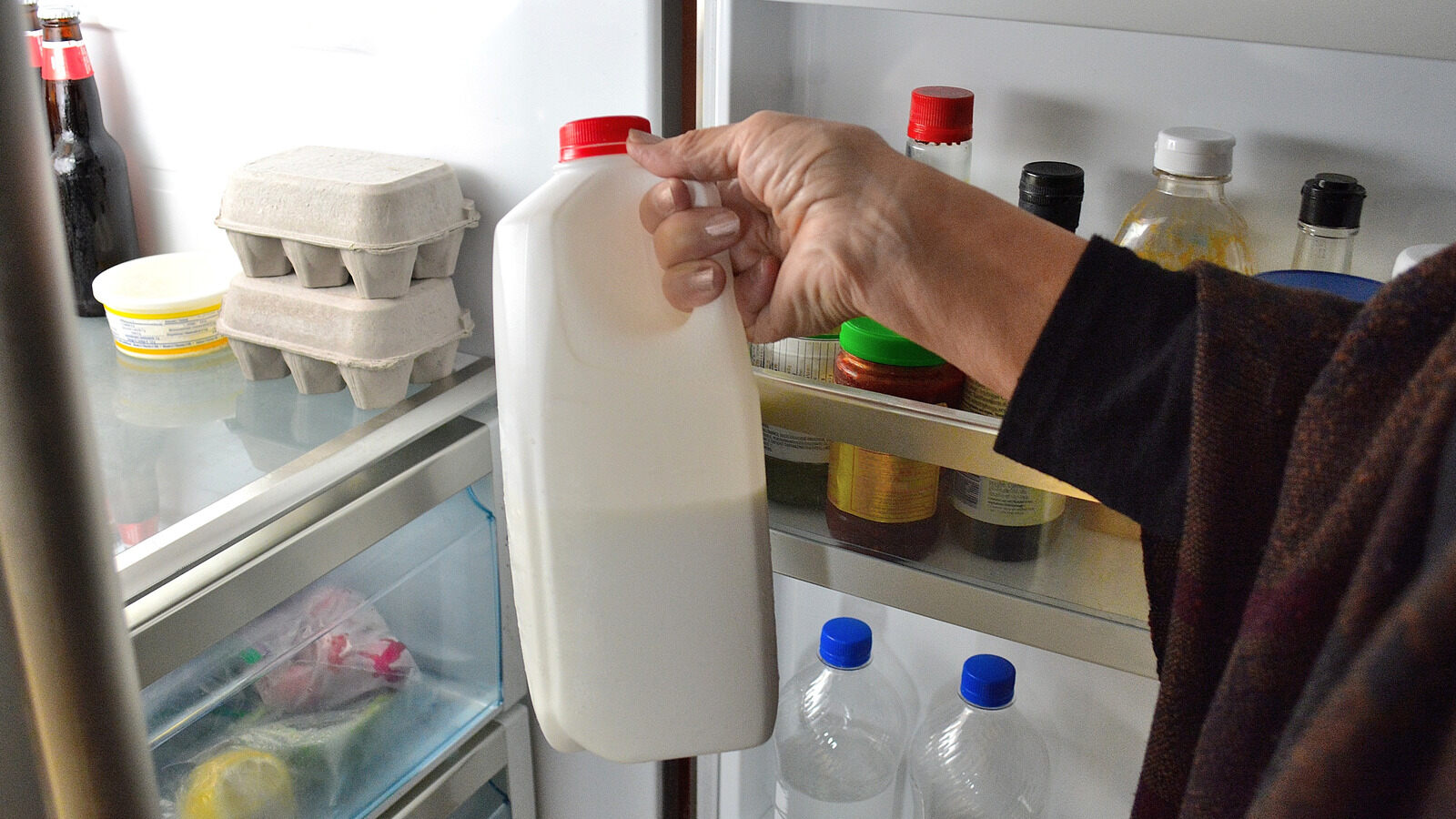

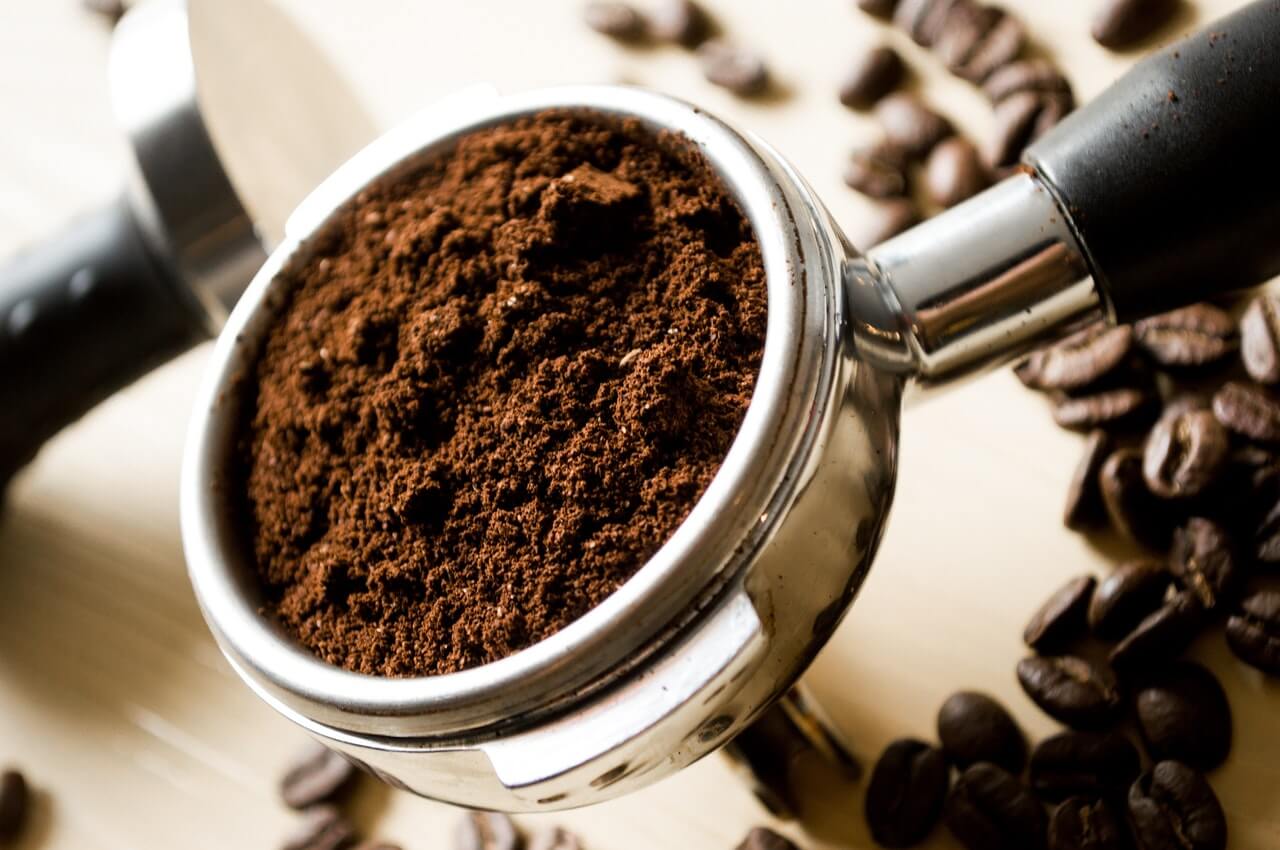
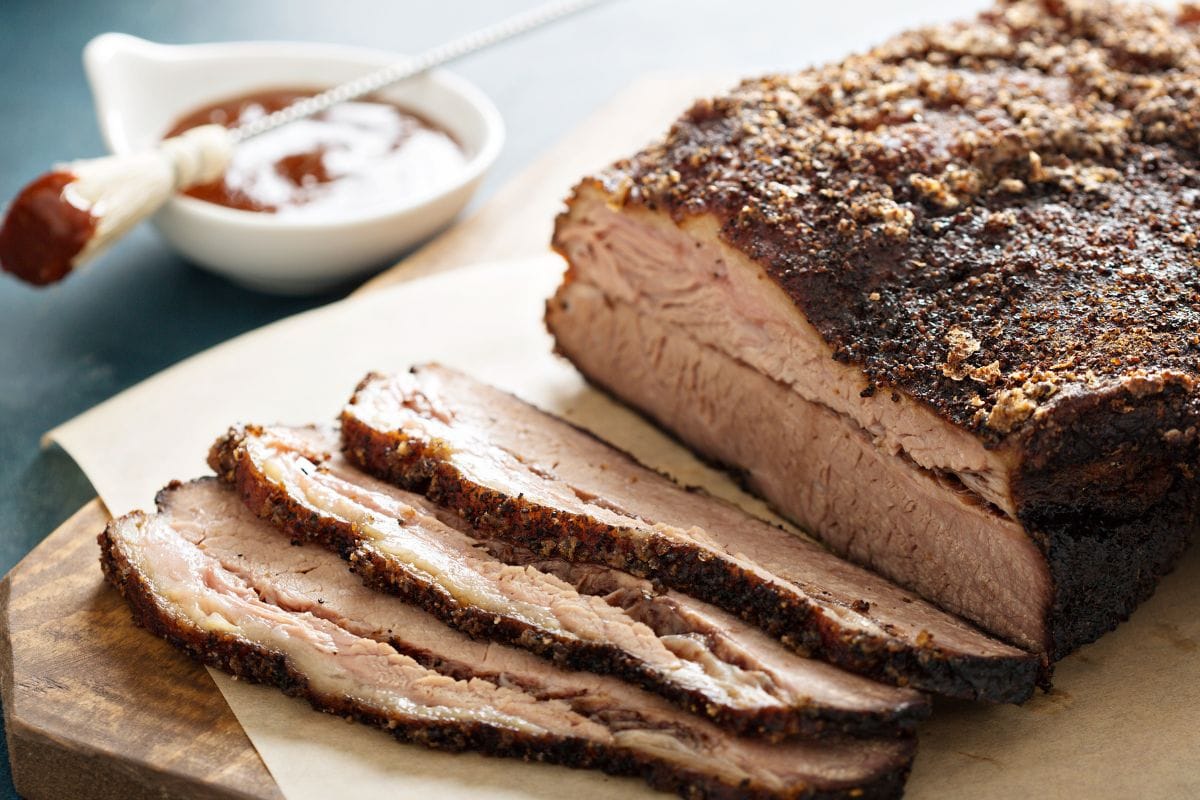



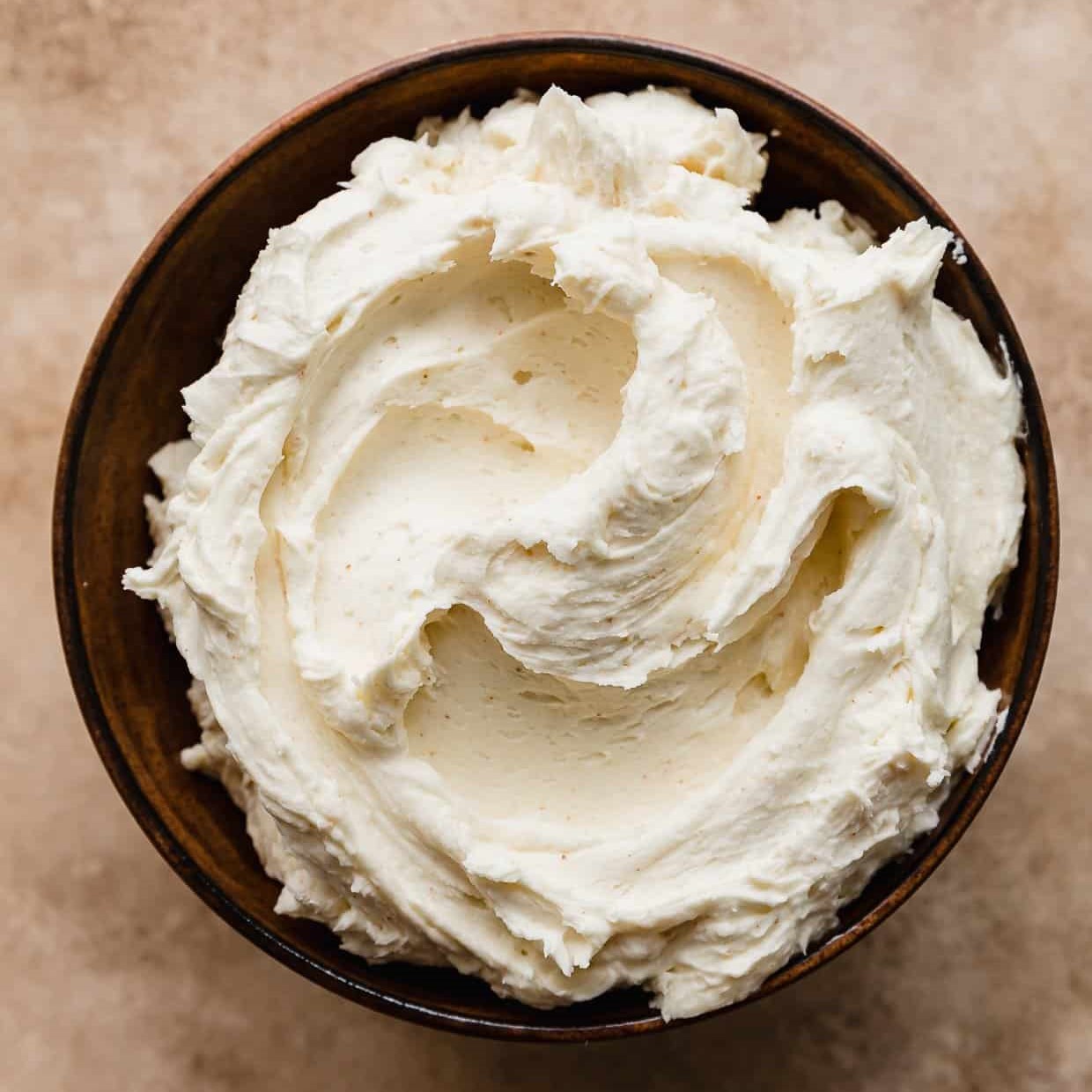
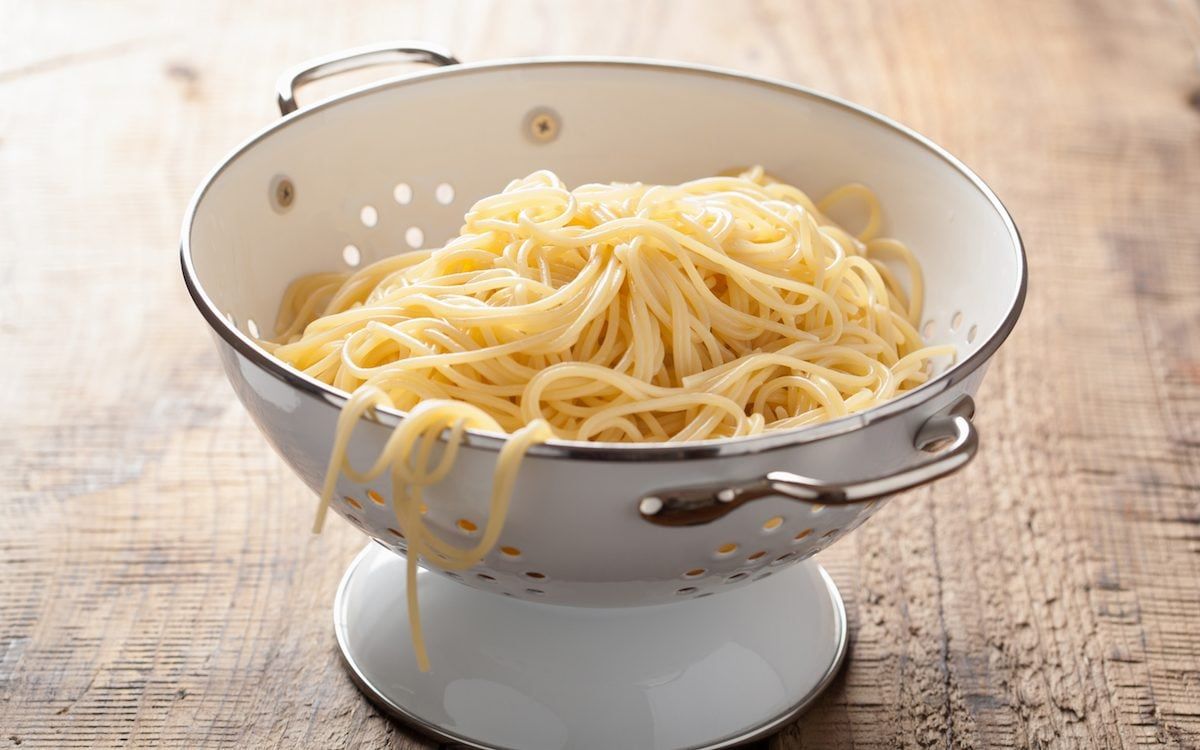

0 thoughts on “How To Store Leftover Evaporated Milk”